How to Use the Steps to Self-Determination Curriculum with the Mindset Works School Kit
Complementary Uses and A Sample Plan
Sharon Field, Ed.D., Founder, 2BSD
The Mindset Works School Kit and the Steps to Self-Determination curriculum and assessments share several common elements. They both have a strong theoretical base. Mindset Works is supported by mindset growth theory (Dweck, 2006) and Steps to Self-Determination has a foundation in Self-Determination Theory (Deci & Ryan, 2000) and by research conducted in Special Education on application of self-determination practices for persons with disabilities (e.g. Wehmeyer & Field, 2007; Kohler & Field, 2003; Martin & Williams-Diehm, 2013). These theories all have a strong research base in the field of motivational psychology. The research conducted by Dweck and colleagues demonstrates that a growth mindset creates motivation and productivity. Deci and Ryan’s SDT (2000) is focused on three intrinsic psychological needs: autonomy, competence and relatedness that, when met, increase self-determination and intrinsic motivation. Both of these educational programs were designed to help students develop non-cognitive skills that increase internal motivation and lead to greater success in school and other endeavors.
Mindset Works School Kit and the Steps to Self-Determination curriculum are both designed to be integrated with existing classroom content and school-wide improvement approaches. The expectation for Mindset Works is to provide approximately 7 to 12 hours of instruction over 5 to 16 weeks. Steps to Self-Determination offers approximately 21 hours of instruction with the expectation that the sessions be completed over a period of a semester or a school year. Both curricula allow for flexible scheduling arrangements, e.g., infused into an existing class, a special group or used in one-to-one coaching. Also, both Mindset and Steps encourage teachers to adapt the curriculum to assure that the needs of their specific students are met. Both educational programs provide a core set of lessons with several optional activities that teachers can choose from to enhance instruction, providing for both fidelity to the curriculum and the opportunity for teachers to adapt materials to meet individual needs. Both Mindset and Steps are experientially-based supporting students to use the concepts learned in real settings. Furthermore, both were designed to meet the needs of all students within a school. However, both curricula have made a special effort to ensure that the materials are valuable for high needs learners.
Perhaps one of the most important similarities between the two curricula is that they both encourage collaborative learning by students, teachers and administrators. The goal of both of these curricula is to impact the entire school community. They both stress that it is important for teachers to learn about and live the concepts taught in the curricula in order to effectively teach and model the concepts for students. Mindset Works provides on-line modules for teachers to learn about and apply the growth mindset in their own lives. Steps to Self-Determination is designed so that teachers become co-learners with students as they complete the curriculum, with teachers completing activities and setting and working toward goals along with students. Furthermore, there are six instructional modules that specifically address teacher and administrator self-determination available with the Steps curriculum that were developed under a three year federal grant from the Office of Special Education and Rehabilitative Services and have a strong theoretical and research base.
The similarities of the two curricula provide a base for consistency. The differences make them complimentary. Mindset Works emphasizes learning about the malleability of the brain and adopting a growth mindset. A growth mindset is woven throughout Steps to Self-Determination as students are encouraged to practice a growth mindset as they set goals, take action toward their goals, reflect on their results and set new goals as a result of their experience. However, the growth mindset and the information about how the brain works is not specifically taught within Steps. The focus of Steps is on helping students learn to take action to realize the three psychological needs set forth in Self-Determination Theory, i.e., autonomy, competence and relatedness as they set and work toward goals that are important to them. Mindset Works has been used in both middle and high schools, but used primarily in middle schools. Steps to Self-Determination has been used in grades 6-12, but it has been used most broadly in grades 7-10. It is frequently used as students are transitioning from middle to high school. Therefore, we anticipate using Mindset Works with younger middle school students (grades 6 and 7) and Stepswith students in grades 7 and 8.
These consistent and complimentary programs could be used to create a school-wide community focused on development and implementation of two important non-cognitive skills areas: growth mindset and self-determination. An example of how the two curricula could be used in a middle school setting is provided below.
During the first 6 months of the effort, staff become familiar with growth mindset and self-determination and apply both of these to their teaching and in their own lives. During this period 6th grade teachers would prepare to implement Mindset Works during the next academic year. Implementation of Mindset Works would occur during that time. Coaching would be provided to staff successful implementation of Mindset Works and support for school-wide growth mindset and self-determination activities would continue (including continued support for faculty and staff use of the concepts) Preparation of 7thgrade teachers to implement Steps to Self-Determination in their classes the following year would begin. Beginning the next Fall, Mindset Works would be implemented with a new class of 6th graders, Steps to Self-Determination would be implemented with 7th graders providing reinforcement for concepts that they learned in Mindset Works and all school-wide efforts would continue. During the subsequent Fall, new cohorts of 6th and 7th graders would participate in Mindset Works and Steps to Self-Determination. Eighth graders who would have completed both programs would apply what they learned to their transition planning activities as they prepare to move from middle school to high school.
References
Kohler, P. & Field, S. (2003).Transition focused education: Foundation for the future. Journal of Special Education, 37(3), 174-183.
Martin, J.E. & Williams-Diehm, K. (2013). Student engagement and leadership of the transition planning process. Career Development and Transition for Exceptional Individuals, 36 (1), 43-50.
Wehmeyer, M.L. & Field, S. (2007). Instructional and assessment strategies to promote the self-determination of students with disabilities. Thousand Oaks, CA: Corwin Press.e
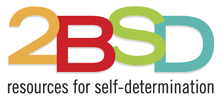
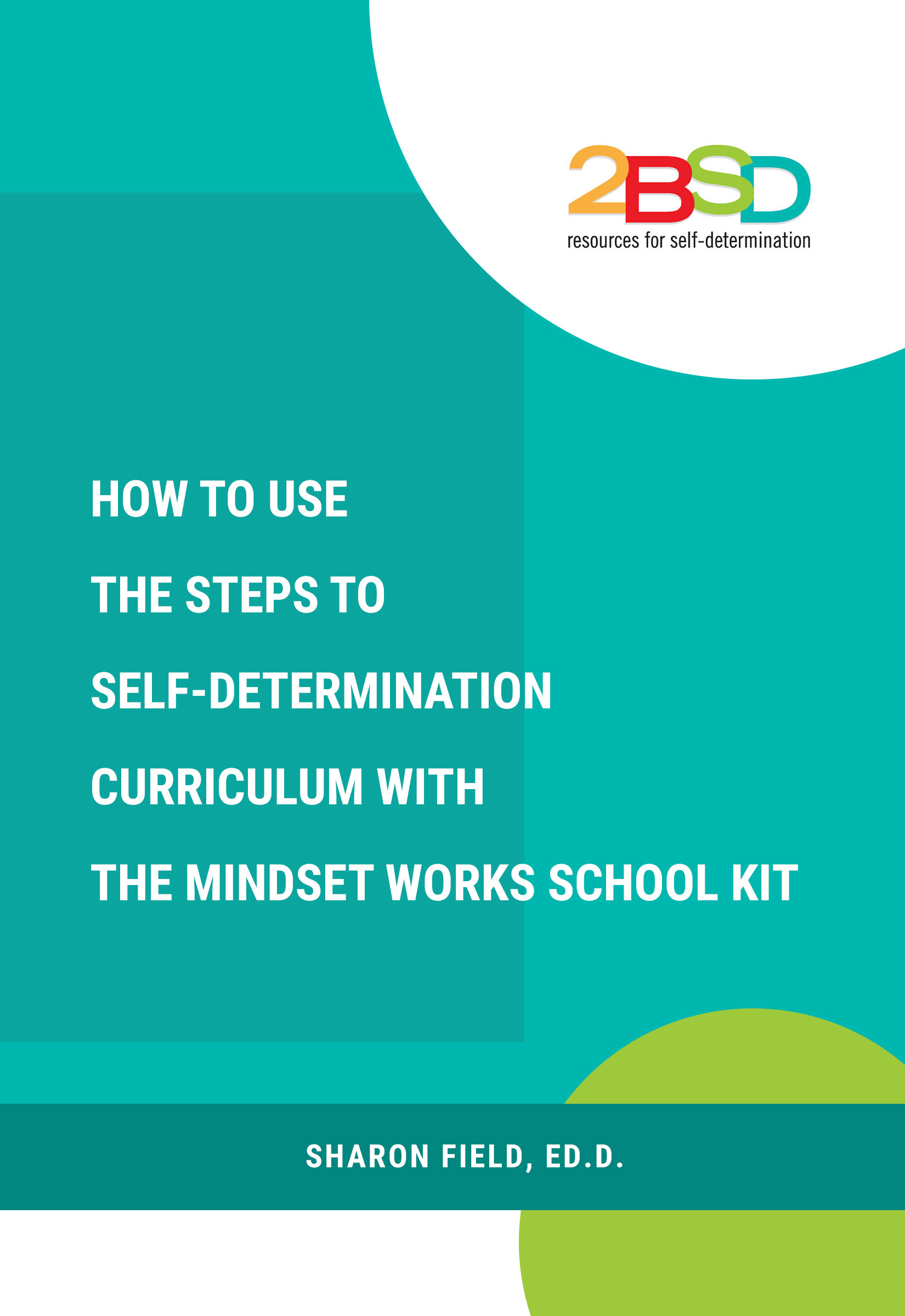
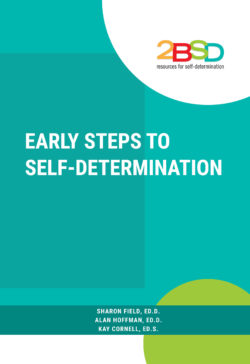
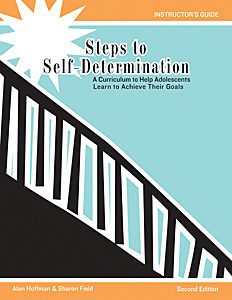
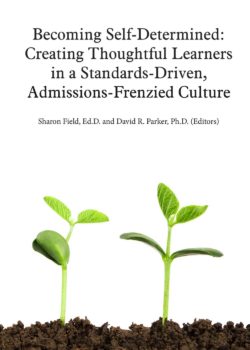
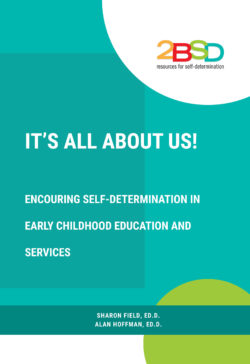
Reviews
There are no reviews yet.